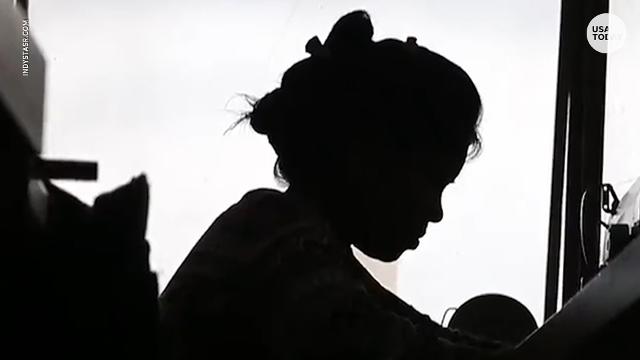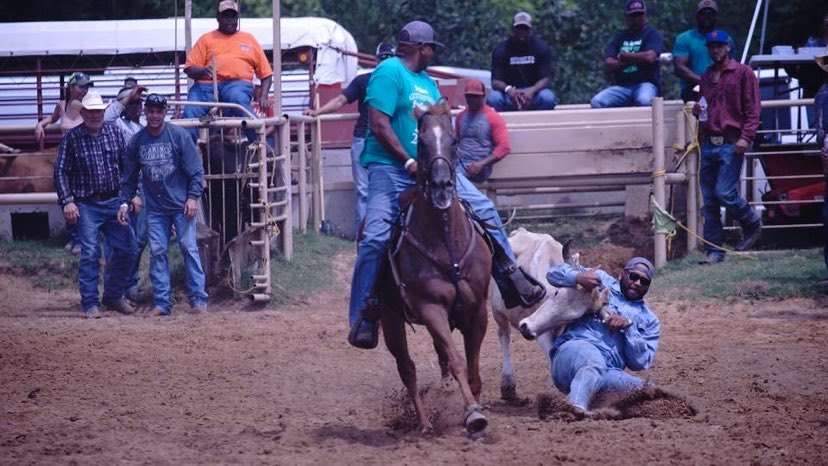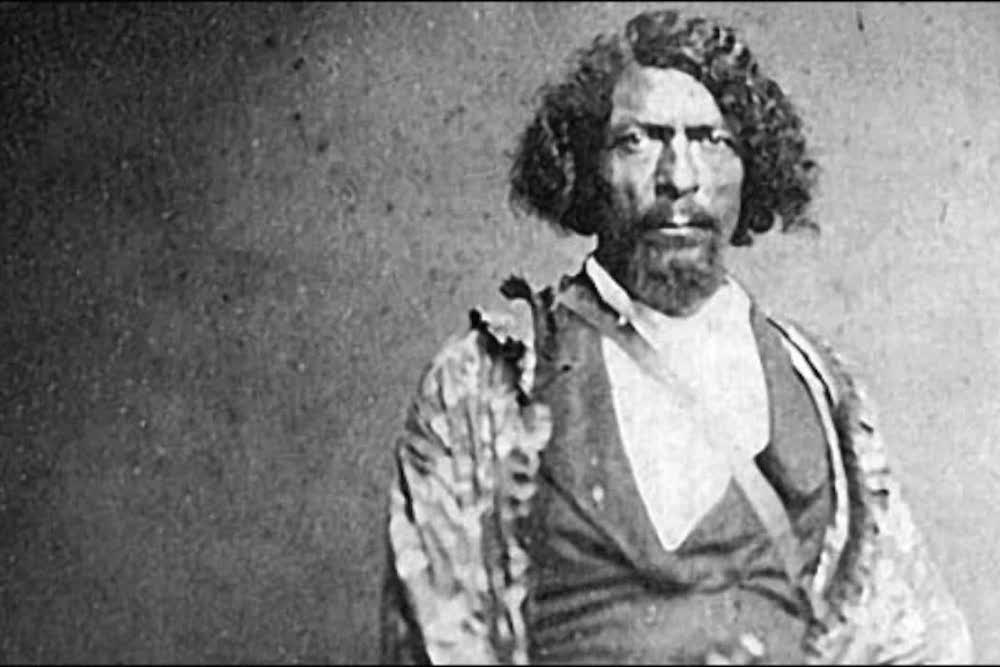
Sex trafficking is a type of human traffickingexternal icon and is a form of modern day slavery. It is a serious public health problem that negatively affects the well-being of individuals, families, and communities. Human trafficking occurs when a trafficker exploits an individual with force, fraud, or coercion to make them perform commercial sex or work. Sex trafficking is defined by the amended Trafficking Victims Protection Act of 2000external icon as “the recruitment, harboring, transportation, provision, obtaining, patronizing, or soliciting of a person for the purpose of a commercial sex act.” It involves the use of force, fraud, or coercion to make an adult engage in commercial sex acts, but any commercial sexual activity with a minor, even without force, fraud, or coercion, is considered trafficking. This type of violence exploits women, men, and children across the United States and around the world. Sex trafficking is preventable. Understanding the shared risk and protective factors for violence can help us prevent trafficking from happening in the first place.
Risk & Impact
Trafficking victimization and perpetration share risks and consequences associated with child abuse and neglect, intimate partner violence, sexual violence, and gang violence.
Victims can come from all backgrounds and become trapped in different locations and situations.
- Many victims are women and girls, though men and boys are also impacted;
- Victims include all races, ethnicities, sexual orientations, gender identities, citizens, non-citizens, and income levels;
- Victims are trapped and controlled through assault, threats, false promises, perceived sense of protection, isolation, shaming, and debt; and
- Victims do not have to be physically transported between locations to be victimized.
Perpetrators of human trafficking often target people who are poor, vulnerable, living in an unsafe situation, or searching for a better life. For example, youth with a history of abuse and neglect or who are homeless are more likely to be exploited. Learn how to recognize the signs of human trafficking.external icon
Consequences of sexual violence, including sex trafficking, can be immediate and long term, including physical and relationship problems, psychological concerns, and chronic health outcomes. Read more about common issues seen in victims of trafficking pdf icon[44.4 KB, 2 Pages, Print Only]external icon.
What States and Communities Need to Know
Efforts have focused on increasing community awareness of human trafficking and addressing exploitation after it occurs. Fewer programs and policies have been implemented and evaluated to reduce upstream risks that may prevent trafficking before it occurs. Strategies based on the best available evidence exist to prevent related forms of violence, and they may also reduce sex trafficking. States and communities can implement and evaluate comprehensive efforts that:
- Encourage healthy behaviors in relationships,
- Foster safe homes and neighborhoods,
- Identify and address vulnerabilities during health care visits,
- Reduce demand for commercial sex, and
- End business profits from trafficking-related transactions.
CDC’s suite of technical packages can help states and communities take advantage of the best available evidence to prevent violence. Each package is intended as a resource to guide and inform prevention decision-making in communities and states. Learn more about how you can get started implementing the technical packages in your violence prevention work.
See Sexual Violence Resources for articles, publications, and data sources about sex trafficking.
- National Human Trafficking Resource Centerexternal icon
This is a national anti-trafficking hotline and resource center serving victims, survivors and the anti-trafficking community. - Call 1-888-373-7888 (TTY: 711) Text 233733
- Use the online Live Chatexternal icon










